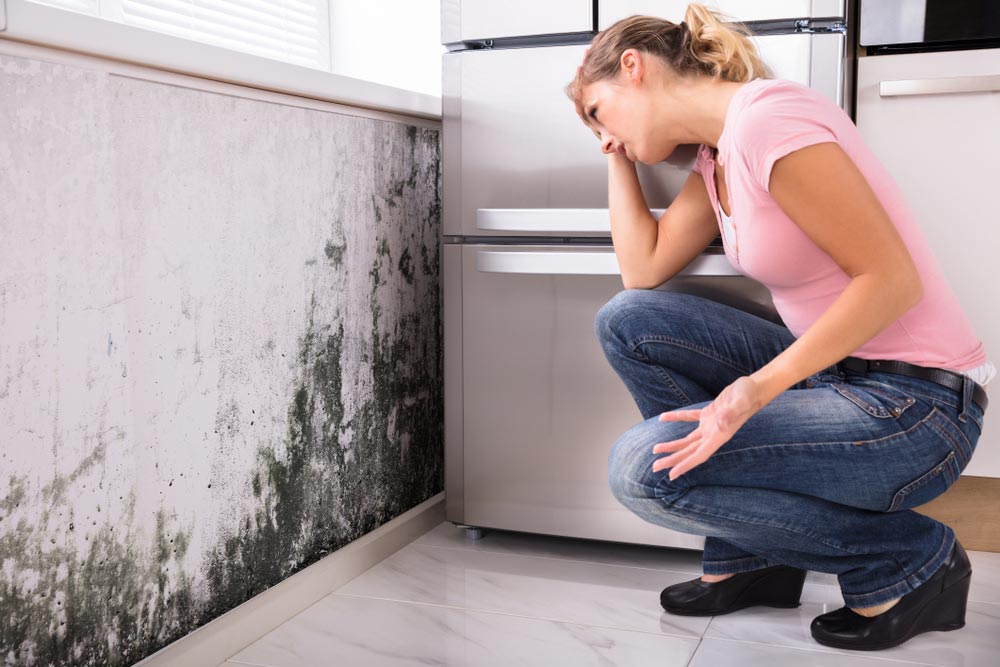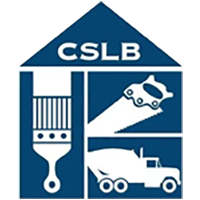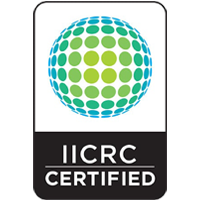
Mold is a common problem in homes, especially in areas with high humidity or water damage. While it may seem like a minor issue, mold can pose significant health risks and damage your property if left untreated. The key to maintaining a healthy living environment is identifying mold early and taking the right steps to address it.
How to Identify Mold in Your Home
Mold often hides in plain sight, but there are several telltale signs you can look for to identify its presence:
- Visible Spots and Discoloration Mold can appear in various colors, including black, green, brown, or white, and is often found in damp areas like bathrooms, basements, and kitchens. Pay close attention to areas prone to moisture, like window sills, shower tiles, and ceilings.
- Musty Odor A persistent, musty smell in a room or area is one of the most common signs of mold growth. Mold releases microbial volatile organic compounds (MVOCs), which produce an unpleasant odor, even if you can’t see the mold.
- Water Damage If your home has experienced flooding, leaking pipes, or roof damage, there’s a high chance mold could be growing in those areas. Look for water stains, peeling paint, or warped walls, which could be indicators of hidden mold growth.
- Allergic Reactions Mold can cause a range of allergic symptoms, including sneezing, coughing, itchy eyes, and skin rashes. If you notice these symptoms worsening in certain rooms, mold could be the culprit.
- Condensation and High Humidity Excess moisture from condensation on windows or walls can create the ideal environment for mold to grow. Ensure your home has proper ventilation, especially in rooms like bathrooms, kitchens, and basements.
What Should You Do if You Find Mold?
Once you’ve identified mold in your home, it’s crucial to act quickly. Here’s what you should do:
- Stop the Source of Moisture Before removing the mold, it’s essential to address the underlying cause of the moisture. This could mean fixing a leaky pipe, improving ventilation, or installing a dehumidifier to reduce humidity levels.
- Avoid Touching the Mold Mold can release spores when disturbed, so avoid touching or scrubbing moldy surfaces without proper protection. Disturbing mold can spread spores to other parts of your home, worsening the problem.
- Assess the Extent of the Damage If the mold covers more than 10 square feet, it’s recommended to seek professional help for mold remediation. Smaller areas can be cleaned with commercial mold removers, but extensive mold growth requires expert handling.
- Call a Mold Remediation Professional For significant mold infestations, it’s best to contact a mold remediation company like Musick Restoration. We have the tools, knowledge, and expertise to safely remove mold and prevent it from returning. We follow a thorough process, including identifying the root cause, containing the mold, and removing all contaminated materials to restore your home to a safe, mold-free state.
- Prevent Future Mold Growth Once the mold is removed, take steps to prevent it from returning. Regularly inspect your home for leaks, maintain good airflow in damp areas, and control humidity levels with dehumidifiers or exhaust fans.
Why Professional Mold Remediation is Important
While DIY solutions may seem tempting, mold is a stubborn problem that often returns if not dealt with properly. Professional mold remediation services ensure that all traces of mold are removed from your home, including hidden mold inside walls or under flooring. At Musick Restoration, we use advanced techniques to restore your home to a healthy, mold-free condition, bringing back the harmony and peace that mold had disrupted.
Let Musick Restoration Bring Back the Harmony
Mold can disrupt your life and impact your health, but with the right steps, you can eliminate it for good. If you suspect mold in your home, don’t wait. Contact Musick Restoration, and let us help you regain peace of mind by thoroughly removing mold from your home.






